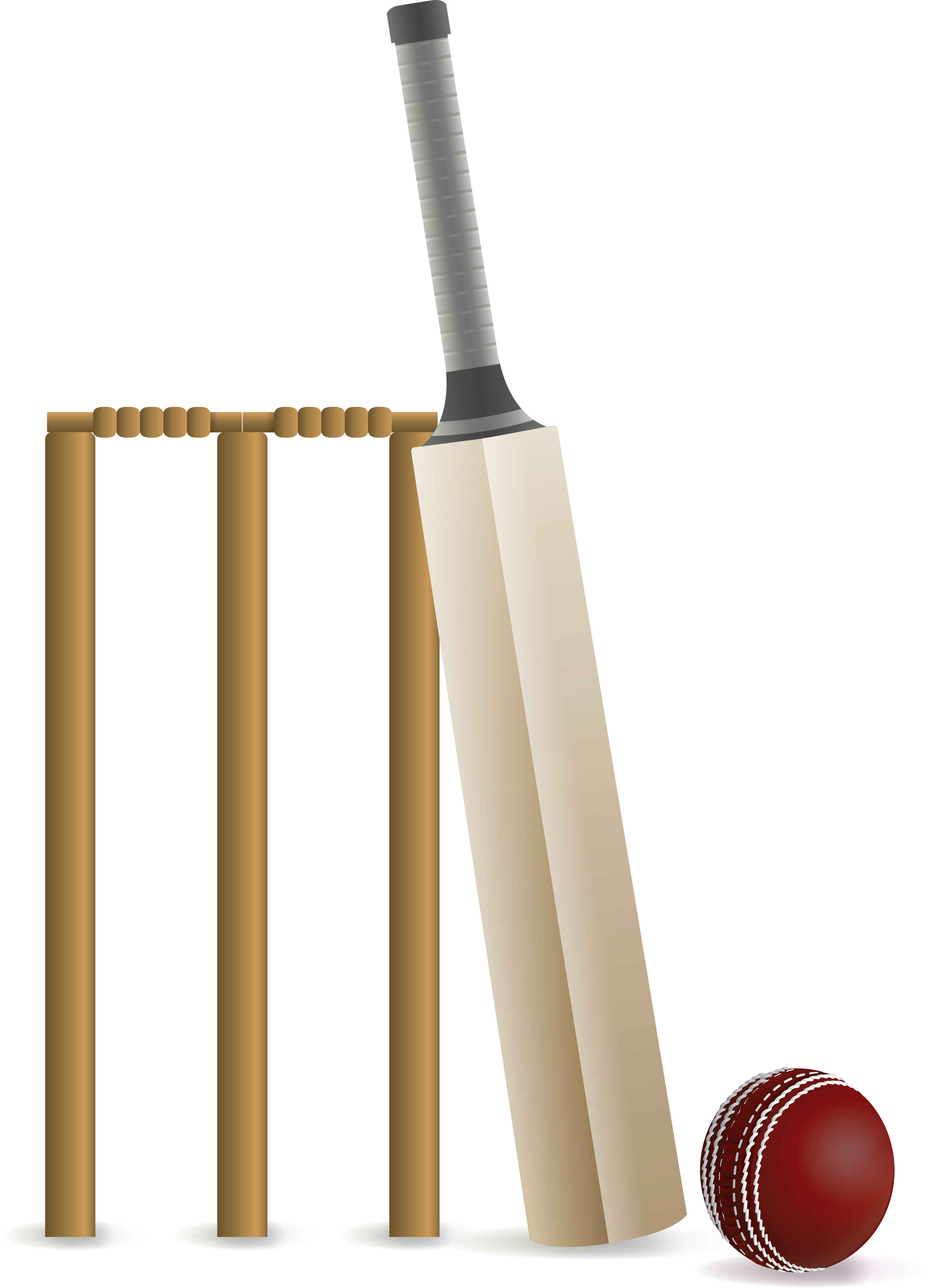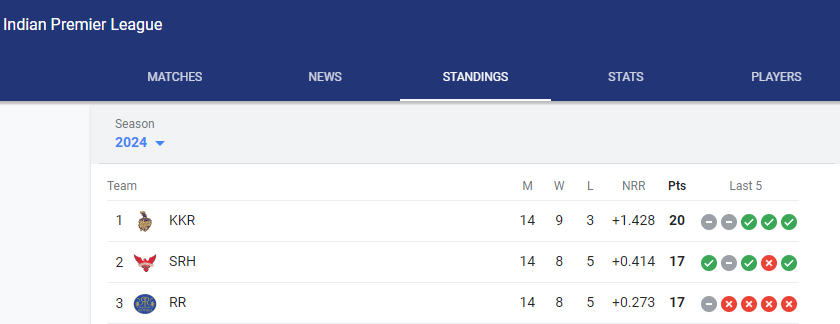Cricket is a particularly popular sport in Commonwealth nations – or countries with historical ties to Great Britain – like those in South Asia and Oceania. But with over 108 countries participating in the ICC, or International Cricket Council, it is truly a global endeavor.
There are three major types of cricket: Test, T20, and one-day international.
Test cricket traditionally has an aristocratic reputation, dating back the time when noblemen would spend days watching and playing cricket matches. Test matches consist of four innings (two per team) in which players must play until they get all batsmen out, which can take a long time. A match typically takes up to 5 days.
One-day international cricket – also known as ODI, or limited overs cricket – is a match between international competitors that has one innings (interestingly, both the singular and plural form is “innings”) per team with 50 overs. Overs in cricket are essentially 6 pitches – otherwise known as deliveries – of a ball. Each over has a different bowler bowling the ball, but that same bowler stays for all 6 deliveries. There can be multiple batsmen in an over.
T20 cricket is the most popular style of cricket played today and the format that the upcoming World Cup will use. T20 is a form of limited overs cricket where each team has only 20 overs.
The most popular club league, the Indian Premier League (IPL), plays T20 cricket.
Cricket fields explained
Cricket pitches measure 22 yards long by 10 feet wide. On either side of the pitch are wickets. Wickets are three stumps, held together by two bails on the top forming a long “M” looking shape.

This pitch sits in a field that has no fixed size. ICC sanctioned matches have relative boundaries that are between 65-90 yards long. Boundaries are demarcated by a rope.
The players at any given moment in a cricket match include a bowler, two batsmen, and fielders. A specific kind of fielder, the wicketkeeper (who stands in a similar location to a catcher in baseball) is positioned behind a batsman and aims to either catch or “stump” a player to get them out.
Scoring in cricket
The objectives of cricket are straightforward: Get more runs than your opponent and don’t get out.
The batting team aims to hit the ball and run as many times as they can between the opposite wickets.
The objective of the team fielding is to get the opposing team out.
There are actually ten ways to get out in cricket, but most often the fielding team gets the batting team out in these five ways:
- Caught: Fielder catches a batted ball on the fly.
- Bowled: Bowler pitches the cricket ball and breaks the wicket.
- Leg before wicket (LBW): The batsman’s legs cannot protect the wicket – so if the ball hits part of the batsman’s body that is protecting the wicket, then the batsman gets out.
- Run out: Hitting one of the wickets while one of the batsmen is running between wickets.
- Stumped: Wicketkeeper hits the wicket when one of the batsmen is out of the crease.
Each run counts as one point.
There is an analogue to baseball’s home run in cricket. If you hit a ball that goes outside of the boundaries, you get a “six” – or six runs (points). There also exists a “four”, or a ball that goes outside of the boundaries but hits the ground before doing so.
In T20, a typical score would be around 150, whereas Test matches can go up to scores as high as 1,700 over five days.
Physicality of cricket
While sports like basketball have an archetypal player – often someone tall with long limbs – cricket doesn’t have one set type of player.
Historically, physicality in cricket was quite diverse as players who may not have been the most agile could excel in their specific role.
However, as the popularity of Test cricket wanes and T20 grows, so has the importance of physicality in the sport. This is due to the growing importance placed on fielding.
The time restriction in T20 pushes batsmen to aim to hit fours and sixes, or balls that go outside of the boundary. As such, the defensive players in T20 cricket react to that strategy and fielders aim to catch balls near the boundaries. For that reason, modern fielders need to be in athletic shape to be agile and quick enough to catch balls.
Location impact in cricket
The location of a cricket match makes a big difference.
Take, for example, the differences between Australian and Indian pitches.
Australian pitches are more even and flat than can be expected in Indian pitches because they are half clay. Hence, Australian pitches favor bowlers who pitch fast.
India, on the other hand, has fields that are more abrasive, so spinners, or bowlers whose tactic it is to spin a ball, succeed on these pitches.
Conversely, due to the nature of their pitch, Australia breeds better fast bowlers. This creates a whole new dynamic and advantage based on the style of pitch.
T20 and the World Cup
T20 is the shortest major form of cricket making it especially fast-paced, particularly when compared to Test cricket.
Since the game has fewer overs, there is a greater impetus to score as much and as quickly as possible. Unlike Test cricket, which has typically 2,700+ deliveries throughout the course of five days, T20 has only 120 per team, so scoring on each bowl matters more.
Due to this, batsmen take far more risks in T20 than in Test cricket, often aiming to score fours and sixes. To score a four or a six, batsmen must hit the ball outside of the boundary. This is an inherently riskier shot since players make themselves vulnerable to having their long shots caught by the fielding team.
The impact of weather on the sport
Weather conditions can have many effects on cricket.
Dew, humidity, and rain (games don’t take place in the rain but can take place on wet fields after rain) can impact the nature of the pitch, creating muddy situations – like having the ball skid – that inconvenience fielders. Moreover, wet conditions also make the ball slippery, which harms bowlers who utilize tight grips.
Net Run Rate
Cricket tournaments use a calculation called Net Run Rate (NRR) as a form of tie breaker between teams with the name number of wins.
The concept essentially says that if two teams are evenly matched in points (each win in ICC T20 is two points) then the team with a higher NRR will qualify for the next round.
The net run rate is calculated as:
NRR= (Number of Runs Scored/Number of Overs Batted) – (Number of Runs Conceded/Number of Overs Bowled).1
The concept of NRR incentivizes teams that may be losing a game to play as hard as they can to close the gap to protect their NRR. It also encourages winning teams to run up scores.
The IPL uses Net Run Rate, and in last year’s season the difference between the Sunrisers Hyderabad (SRH), who finished second, and the Rajasthan Royals (RR), who finished third was determined by NRR.

Super Overs
A Super Over occurs when scores are tied at the end of an ODI or T20 game.
In a Super Over, each team plays a single additional over of six balls with two wickets remaining. The team that scores the most runs, and avoids having their wickets taken, in the Super Over wins the match. If the teams tie during this, then another Super Over will commence until one team wins.
The 2019 World Cup final between New Zealand and England was decided by Super Overs. This was also the case for the recent US/Pakistan game.
